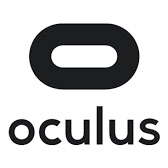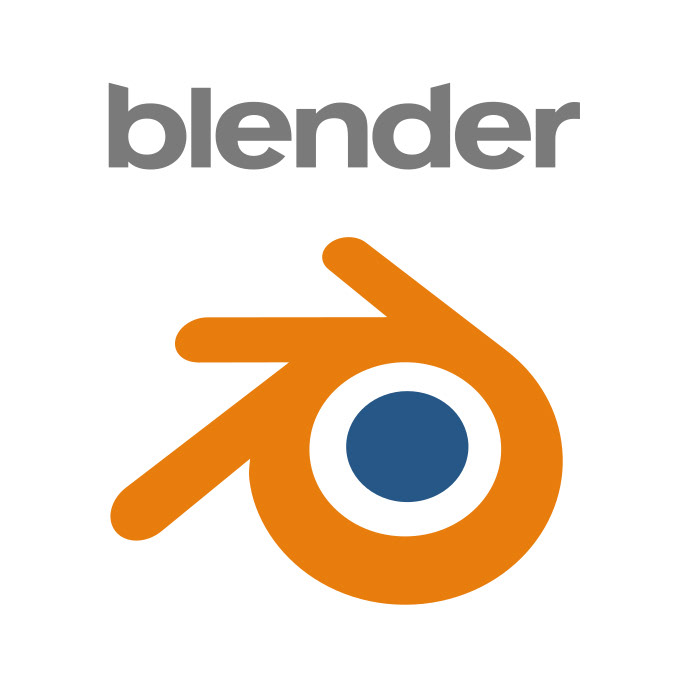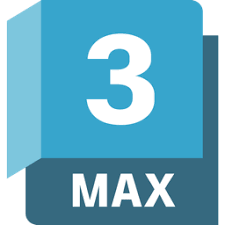🧰 Tools

Unreal Engine

Oculus

Blender

3D Studio Max
🧑 Role
Project Owner - Oculus Rift Developer, Unreal Engine Interaction Developer, 3D artist, R&D
🤝 Contributers
Project Advisor - Assoc. Prof. Dr. Sema Alaçam, İstanbul Technical University (ITU).
💰 Funds
Partially funded by Scientific Research Project Foundation of Istanbul Technical
University under project number “MYL-2018-41225”
University under project number “MYL-2018-41225”
📃Publishing
Yucel,V.,& Alaçam,S.(2019). VRiC:VirtualReality in Construction ProposalofaVirtualRealityBased Learning EnvironmentforBuildingConstructionSystems.7theCAADe RIS2019 Proceedings.
Yucel,V.(2019). VRIC:Mimarlıkta Yapı Bilgisi Öğreniminde Kullanılabilecek Bir Sanal Ortam Önerisi (Master’sThesis). Istanbul Technical University, Istanbul, Turkey.
🎓 Academic
This project was the part of Master of Science thesis by Varlık Yücel
Project Details
In the scope of the study, a virtual learning environment (VLE) is proposed in order to benefit from the potentials of the virtual reality (VR) technology in the context of construction education for architecture students. A vast number of
studies show that learning environments, where a strong relation is established between students and the information have positive effect on learners. Accordingly, learning enivronments should encouraged students to learn by exploration in a participatory way. In contrast, learning environments related to construction education are mostly lack of such features. Learning environments where students are not able to have an active interaction with the information is insufficient and ineffective for the construction education. In this context, it is deduced that establishment of a learning environment where users examine building components by various interactions may enhance students learning process. Accordingly, a learning environment is proposed, titled Virtual Reality in
Construction (VRiC), where learner can explore architectural buildings, its components and its materials with an immersive experience. Various user interfaces and user interactions are created in order to compose interactions
between the users and the architectural elements.
studies show that learning environments, where a strong relation is established between students and the information have positive effect on learners. Accordingly, learning enivronments should encouraged students to learn by exploration in a participatory way. In contrast, learning environments related to construction education are mostly lack of such features. Learning environments where students are not able to have an active interaction with the information is insufficient and ineffective for the construction education. In this context, it is deduced that establishment of a learning environment where users examine building components by various interactions may enhance students learning process. Accordingly, a learning environment is proposed, titled Virtual Reality in
Construction (VRiC), where learner can explore architectural buildings, its components and its materials with an immersive experience. Various user interfaces and user interactions are created in order to compose interactions
between the users and the architectural elements.
Virtual Reality in Construction (VRiC) is a virtual reality based application developed for learning and teaching fundamentals of construction in architectural education. Proposed framework covers generation of 3D architectural structural elements, building materials, and their details in 3D environment, creation of an explorative virtual space, which includes generated 3D models, and manipulation and examination of models in VR environment with an immersive experience. VRiC aims to provide students an interactive and explorative learning environment.
The explorative learning processes involve examination and deconstruction of a predefined 3D building model, its structural and material components. In that sense, a 3D digital building model and its inner relations can be considered as an interactive exploration space. Accordingly, it is aimed to encourage students to explore the building by interact with its components with the sense of presence. The interaction with the components of 3D digital building model in VRiC allows users to filter information (layerbased interaction), examine architectural elements (material/layer/connection detail) in its context, and deal with being-in-the-space experience. Hence, it is possible to establish an interactive immersive learning environment where students canfreely and safely explore a construction virtually which is hard to establish in real world. It is possible to observe architectural components, materials and their relations on their own context in 1:1 scale. In this study, a framework for an interactive learning environment based on virtual reality is proposed and this framework is examined in the context of a user scenario. The user interface, interaction module and technological infrastructure as components of the proposed framework are described in relation with the user scenario.
The explorative learning processes involve examination and deconstruction of a predefined 3D building model, its structural and material components. In that sense, a 3D digital building model and its inner relations can be considered as an interactive exploration space. Accordingly, it is aimed to encourage students to explore the building by interact with its components with the sense of presence. The interaction with the components of 3D digital building model in VRiC allows users to filter information (layerbased interaction), examine architectural elements (material/layer/connection detail) in its context, and deal with being-in-the-space experience. Hence, it is possible to establish an interactive immersive learning environment where students canfreely and safely explore a construction virtually which is hard to establish in real world. It is possible to observe architectural components, materials and their relations on their own context in 1:1 scale. In this study, a framework for an interactive learning environment based on virtual reality is proposed and this framework is examined in the context of a user scenario. The user interface, interaction module and technological infrastructure as components of the proposed framework are described in relation with the user scenario.
The aim of the proposed VLE is to investigate the potentials of VR technology in learning construction in architectural education. It is assumed that the establishment of a learning environment that allows active interaction would have a positive effect on the students learning. In the proposed VLE, students can learn by discoveries, experiments and experiences. While students walk inside a building, they will have the opportunity to examine the building elements and its materials. In the explained scenario, learners can explore a concrete building, its components and materials while they sense presence in the modeled environment. Therefore, students are able to explore architectural buildings in a new way, which is not possible in the physical world. The relation between the object of learning and learning is dependent on the users’ actions in the presented framework. This provides learning in a non-linear way rather than a lecture based linear/sequential learning. Accordingly, it is concluded that within the proposed framework, it is possible to establish a construction education learning environment where is interactive, participatory and encouraging for learning by discoveries.
